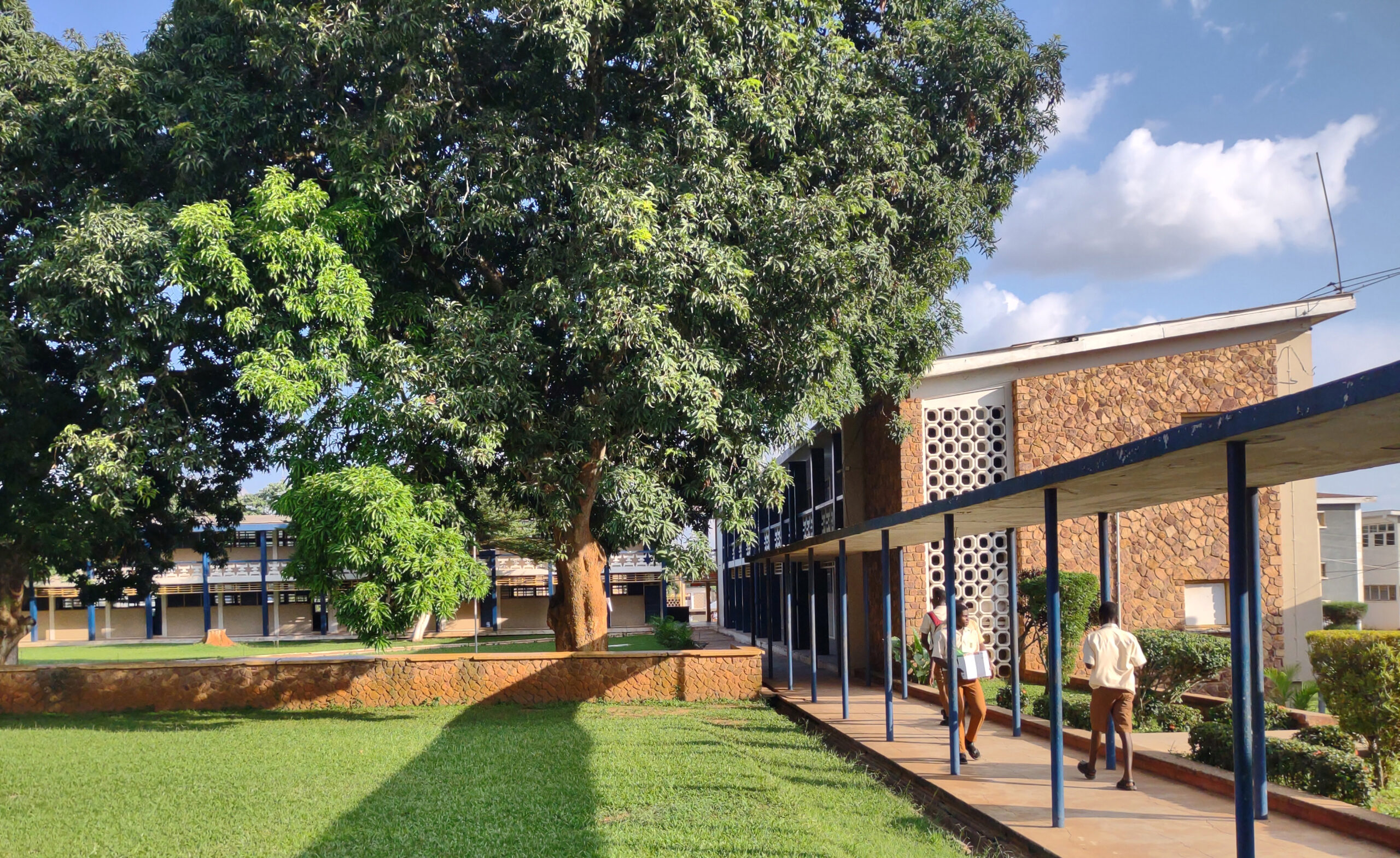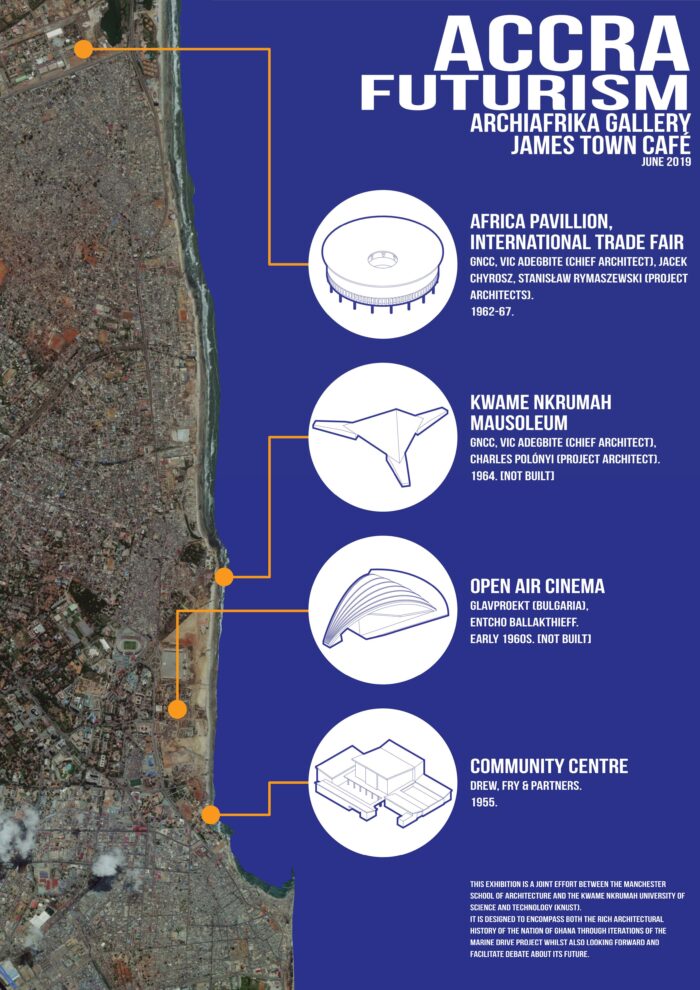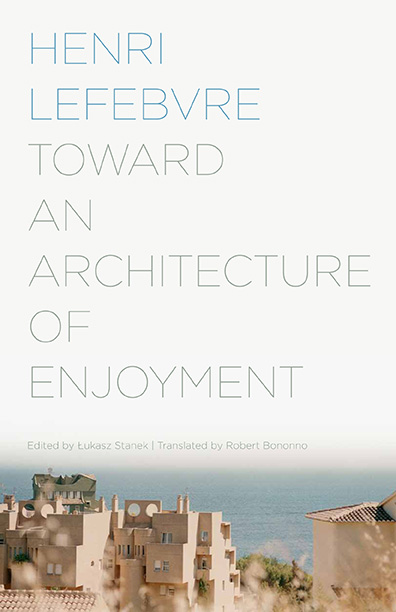world-wide urbanization with concepts
emerging from the margins
beyond the colonial-capitalist core
shaped urban landscapes globally
of the world informed
20th-century urbanism
Tashkent Modernism: A View from Africa, keynote at the conference Where in the World Is Tashkent, Tashkent (UZ), October 19, 2023
Architecture in Global Socialism, keynote at the conference Made in Italy Goes Eastern, Politecnico di Milano (I, online), May 3, 2021
Spaces of Global Socialism, keynote at the workshop Rethinking Socialist Space in the Twentieth Century, Oxford University (UK, online), June 22, 2021
Two Globalisations: Socialist Architecture at the End of the Cold War, keynote at the conference After Socialist Modernism: Architecture, Urban Design and Planning of the 1980s, Kyiv (UA), October 11, 2021
When Accra Was Like Tashkent: Urban Comparison in the Cold War, keynote at the colloquium Sacred, Spectacular, Planned: Capital Cities in a Comparative Perspective, 1500–2000, Department of History, European University at St. Petersburg (RU, online), October 22, 2020
Team 10 East, keynote, conference Team 10 Farwest, Porto University (P), November 30, 2019
Socialist Architecture Goes Global, Yale University, New Haven (USA), keynote at the symposium Transit Point: Mitteleuropa, September 8, 2016
The Worlding of Eastern Europe, keynote at the conference Across Borders—Cultural Cooperation with Norway, Oslo (N), May 29, 2018
Architecture in the World Socialist System, keynote at the conference Theory’s History Challenges in the Historiography of Architectural Knowledge 196X—199X, TU Leuven (B), February 8, 2017
Mobilities of Architecture between Eastern Europe and the Gulf, 1970s–1990s, keynote at the conference Accommodations: Positive strategies for documenting, conserving and re-inhabiting ‘outmoded’ spaces, Harriman Institute, Columbia University, New York (USA), October 24, 2015
Architects from Socialist Countries in Ghana (1957-1967): Architecture and Mondialization, keynote at the conference Crossing Boundaries: Rethinking European architecture beyond Europe, Palermo (I), April 14, 2014
Postmodernism Is Almost All Right. Polish Architecture After Socialist Globalization, keynote at the conference Socialist and Post-socialist Urbanizations: Architecture, Land and Property Rights, Estonian Academy of Arts, Tallinn (EST), May 10, 2014
Team 10 East. You, Me, Us, and the State, keynote at the conference Oskar Hansen—Opening Modernism, Museum of Modern Art in Warsaw (PL), June 7, 2013
Exhibition The Gift. Stories of Generosity and Violence in Architecture
Research project Asutsuare Rebound
Research project Spaces of Global Socialism and their Afterlives
Exhibition Accra Futurism
Exhibition Postmodernism Is Almost All Right
Exhibition PRL™: Export Architecture and Urbanism from Socialist Poland
Architecture in Global Socialism: Eastern Europe, West Africa, and the Middle East in the Cold War (Princeton University Press, 2020)
Henri Lefebvre on Space. Architecture, Urban Research, and the Production of Theory (University of Minnesota Press, 2011)
Toward an Architecture of Enjoyment by Henri Lefebvre (University of Minnesota Press, 2011)
Team 10 East. Revisionist Architecture in Real Existing Modernism (Museum of Modern Art in Warsaw/ University of Chicago Press, 2014)
Postmodernism Is Almost All Right. Polish Architecture after Socialist Globalization (Warsaw: Fundacja Bęc-Zmiana, 2012)
Urban Revolution Now. Henri Lefebvre in Social Research and Architecture (Ashgate/ Routledge, 2014)
New essay: Global Trajectories of Polish Architects in the Cold War
In: Anti-Atlas. Critical Area Studies from the East of the West, edited by Tim Beasley-Murray, Wendy Bracewell, and Michał Murawski (London: UCL Press, 2025), 301-7

My contribution to the Anti-Atlas is an annotated diagram mapping the trajectories of 417 architects and planners from socialist Poland who worked in Africa and the Middle East during the Cold War. Focusing on the top 12 recipient countries in terms of project volume, this diagram is based on information from professional dossiers submitted to the SARP (Society of Polish Architects) in Warsaw. Data from these individual dossiers was transcribed and analyzed using social network analysis software. More than just a representation of existing knowledge, the resulting diagram becomes a generator of new insights. For example, it identifies the largest recipient countries of architectural labor from the People’s Republic of Poland (Libya, Algeria, Syria, and Iraq), illustrates patterns and volumes of mobility of Polish architects, and highlights individuals with unique career trajectories, which can be further explored by examining their dossiers. By consolidating individual trajectories into a single, comprehensive map, it presents a geography of architectural exchanges from the 1950s to the 1980s that goes beyond Cold War narratives of a world divided into two blocs. In so doing it offers a more multilateral and antagonistic understanding of global urbanization and its architecture.
February 28, 2025
Workshop: Land, Deed, and Debt: University Campuses in West Africa
Workshop on March 27, 2025 at Taubman College of Architecture and Urban Planning, University of Michigan, Ann Arbor, organized by Kuukuwa Manful and Łukasz Stanek

The Land, Deed, and Debt workshop examines the consequences of the “ceding,” “gifting,” and “granting” of land by Indigenous communities for the establishment and expansion of higher education institutions in colonial and post-independence West Africa. Participants study how these often-forced land transfers have shaped the design, construction, and use of space on and around campuses, as well as the socio-spatial relationships between communities and universities. Organized by Łukasz Stanek and Kuukuwa Manful, the workshop fosters an international comparative perspective on the histories of land transferred by Indigenous peoples to educational institutions.
March 4, 2025
New paper: Hegemony by Adaptation. Decolonizing Ghana’s Construction Industry
Comparative Studies in Society and History (2024), 1-34

This paper discusses competing visions of the decolonization of Ghana’s economy during the first decade of the country’s independence from Britain (1957–1966), and the agency and horizon of choice available to the Ghanaian decision-makers in charge of implementing these visions. It focuses on Ghana’s construction industry, both as an important part of the national economy and as a condition for Ghana’s broader social and economic development in the context of colonial-era path-dependencies and Cold War competition. By taking the vantage point of mid-level administrators and professionals, the paper shows how they negotiated British and Soviet technological offers of construction materials, machinery, and design. In response to Soviet claims about the adaptability of their construction resources to Ghana’s local conditions, the practice of adaptation became for Ghanaian architects and administrators an opportunity to reflect on the needs, means, and objectives of Ghana’s construction industry, and on broader visions of Ghana’s economic and social development. Beyond the specific focus on the construction industry, this paper conceptualizes the centrality of adaptation in enforcing technological hegemony during the period of decolonization, and discusses African agency beyond the registers of extraction and resistance that have dominated scholarship on the global Cold War
October 8, 2024
New paper: Race, Time, Architecture. Dilemmas of Africanization in Ghana, 1951-1966
Journal of the Society of Architectural Historians 83:2 (2024), 191-208

This article discusses the Africanization of architectural labor in Ghana during the late colonial and early postindependence periods (1951–66). It focuses on the state-supported emergence, advancement, and emancipation of Indigenous architects and institutions in the context of decolonization and the Cold War. Using archival materials held in Accra, Kumasi, and London, the article shows how professionals and administrators negotiated between their double obligations: to fast-track governmental development plans and to Africanize the Public Works Department and its successors. These decision makers addressed temporal dilemmas concerning recruitment, standards, allocation, and racialization of architectural labor. In so doing, they redefined both colonial-era racial categories and racialized Cold War imaginaries of who counted as an African and who counted as an Other. This study advances the architectural history of postcolonial Ghana and broadens the debate about racialization of architecture beyond North America and Western Europe.
September 10, 2024

























